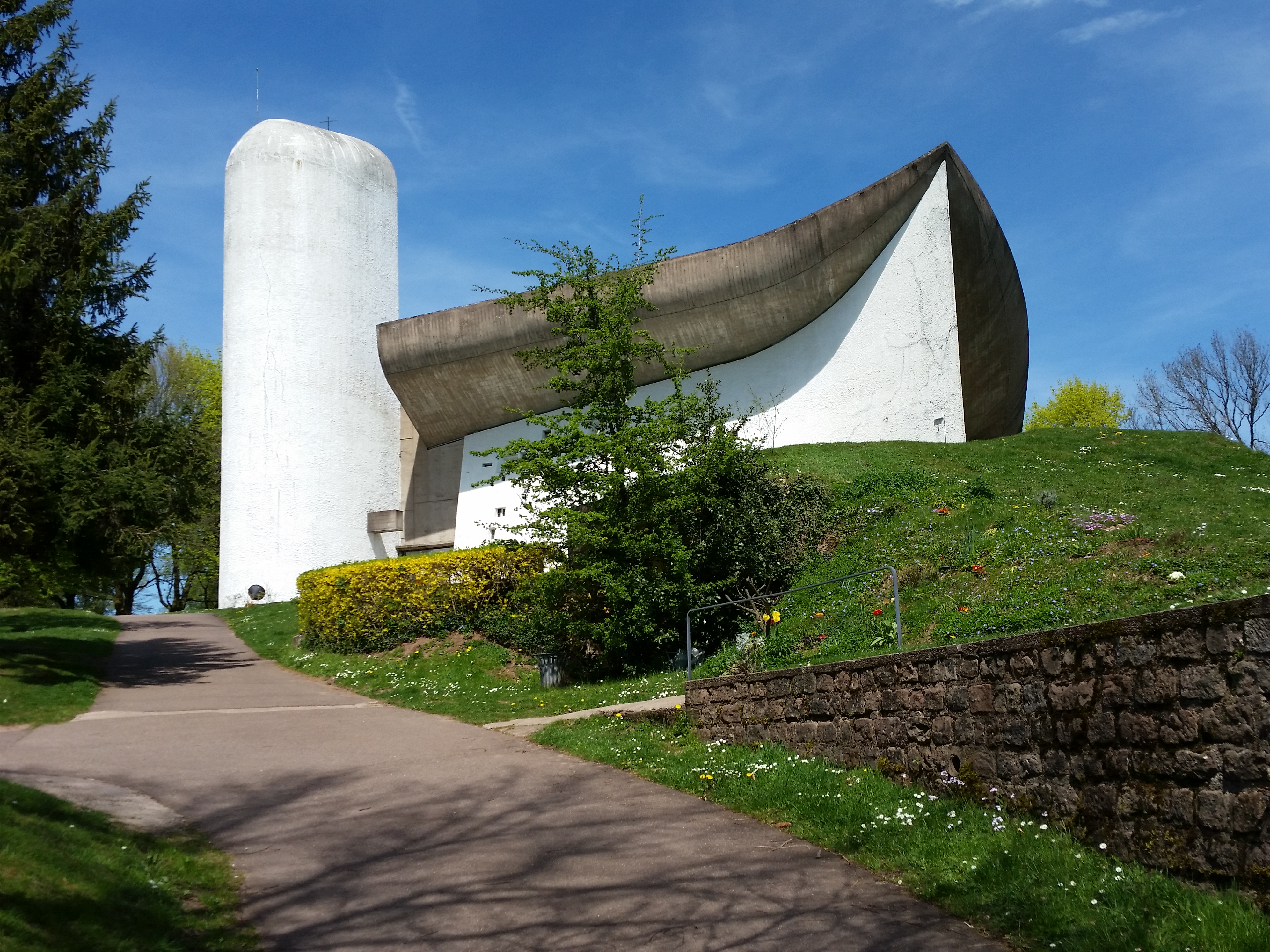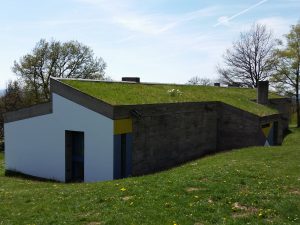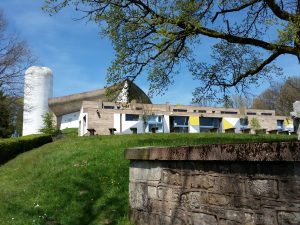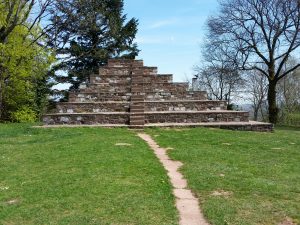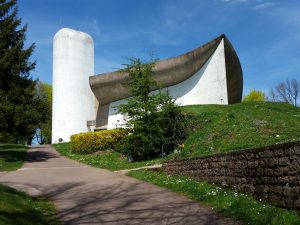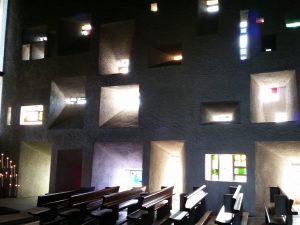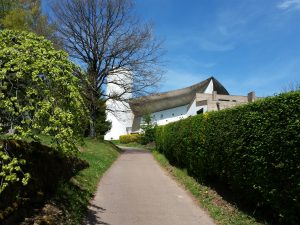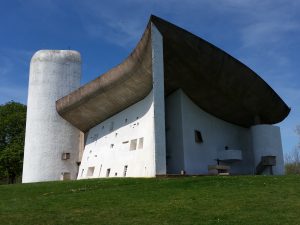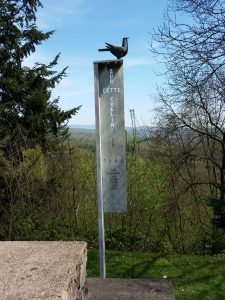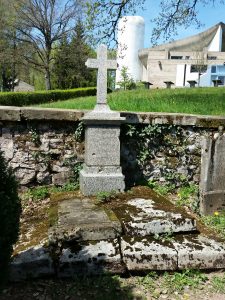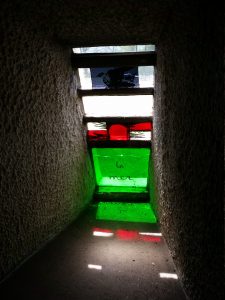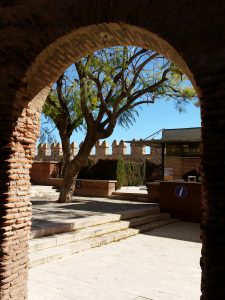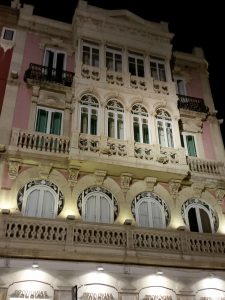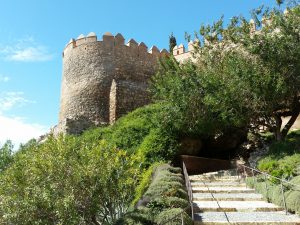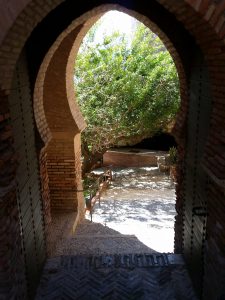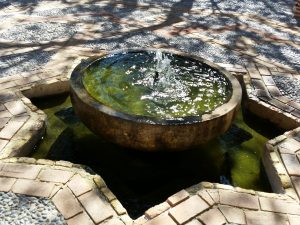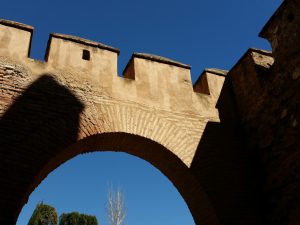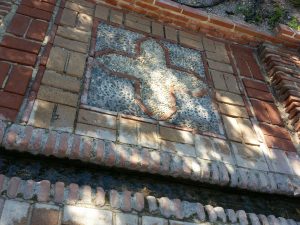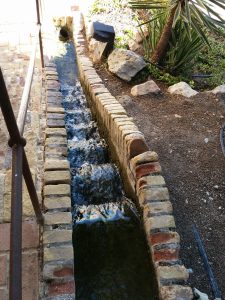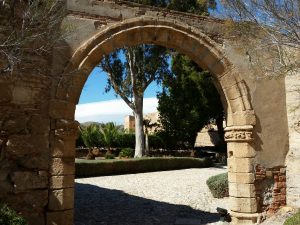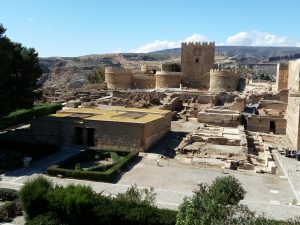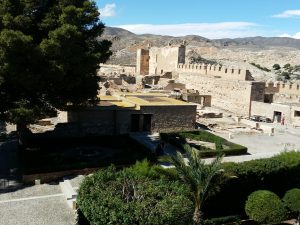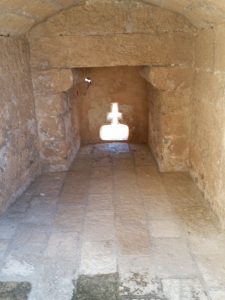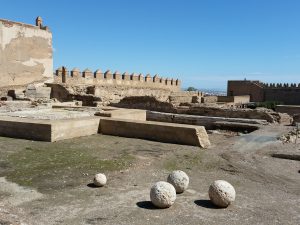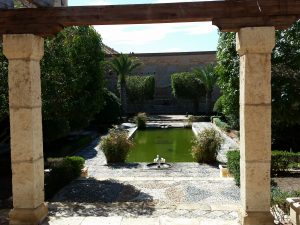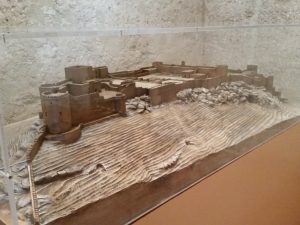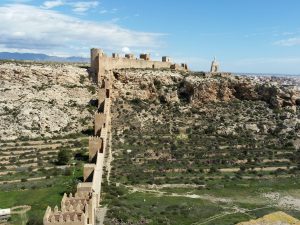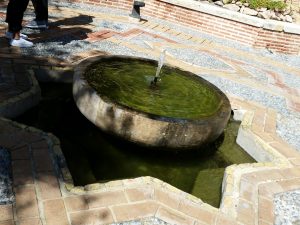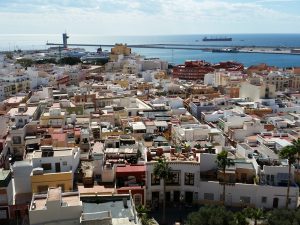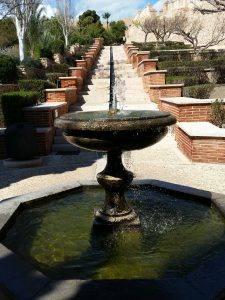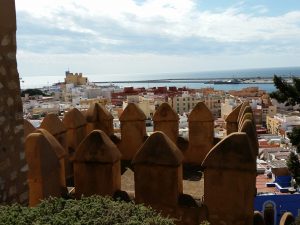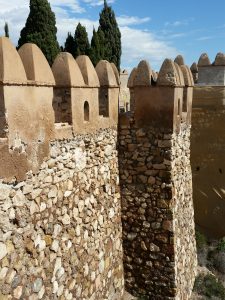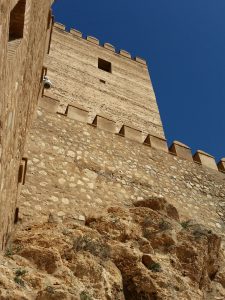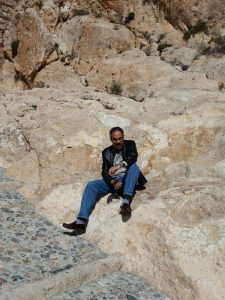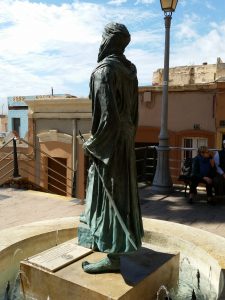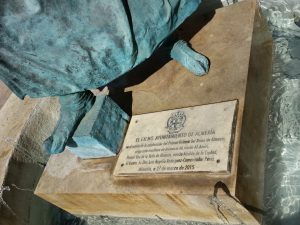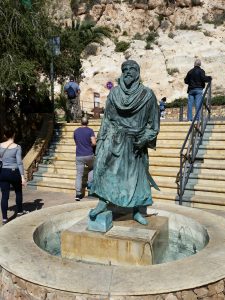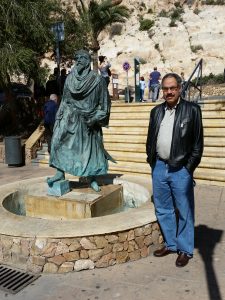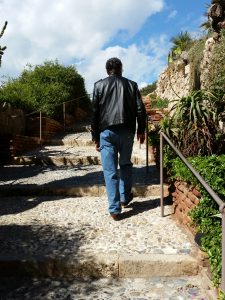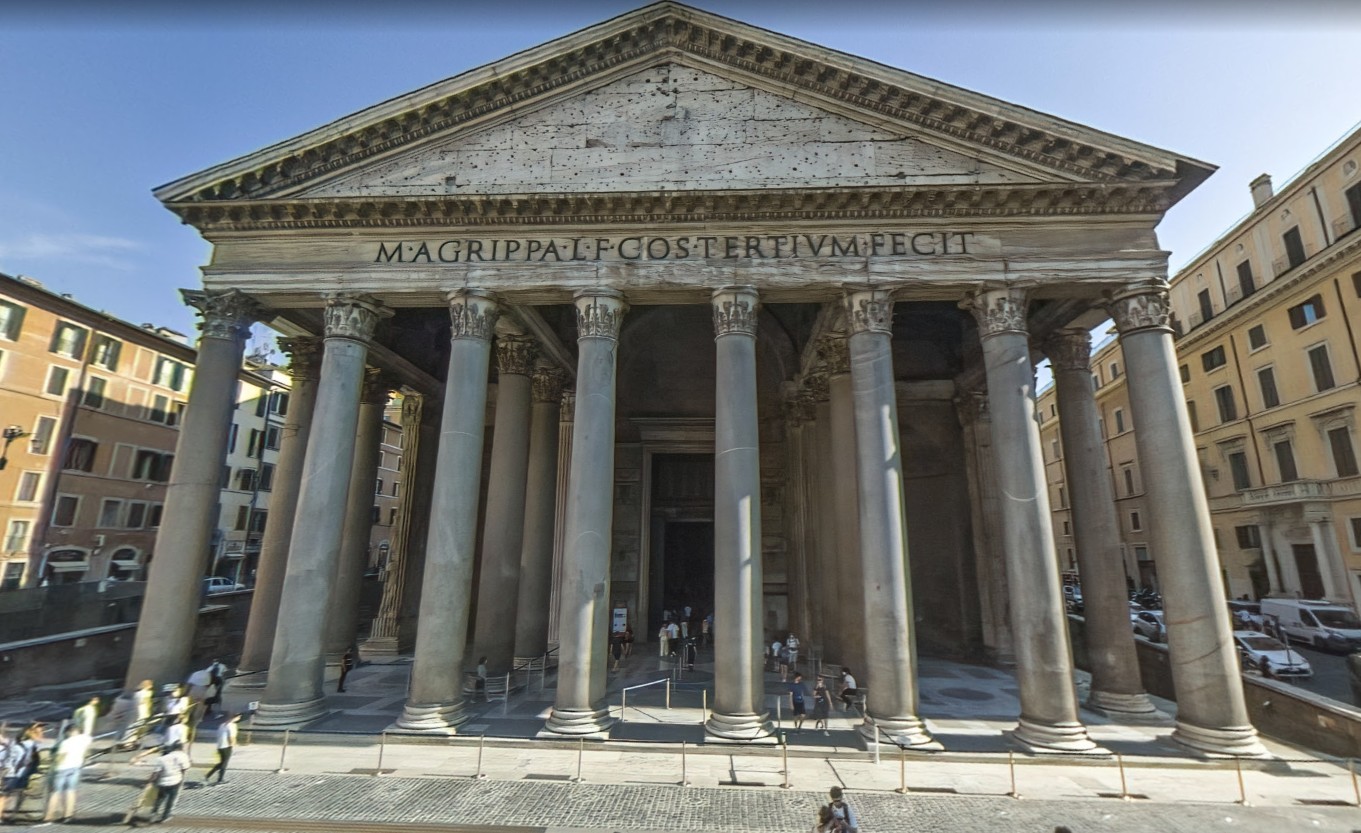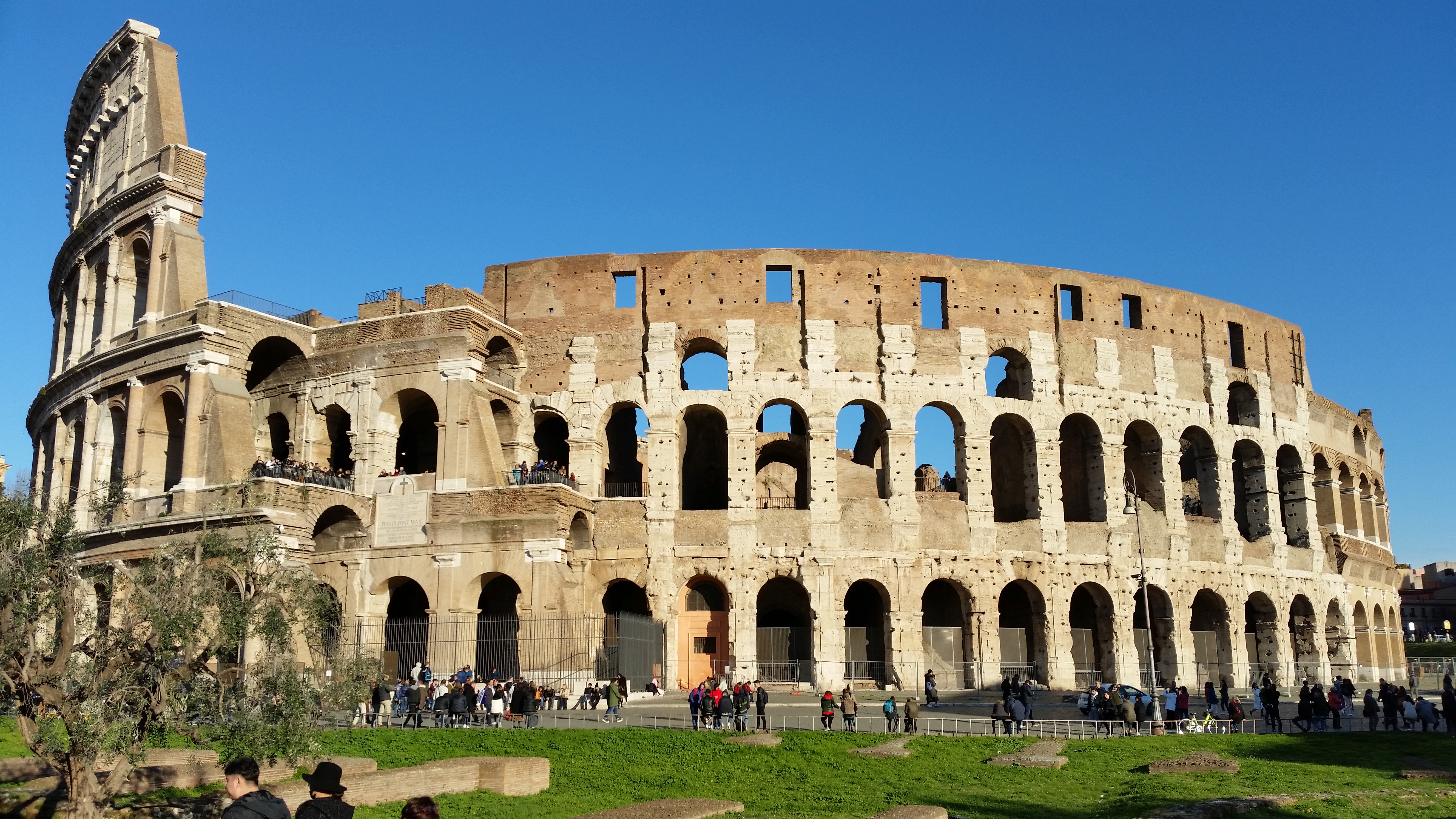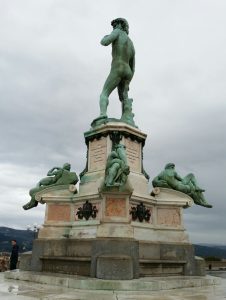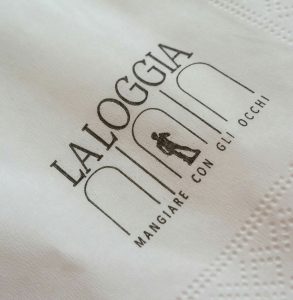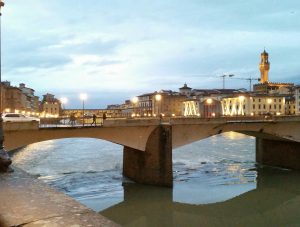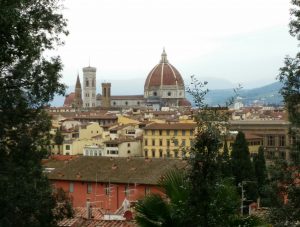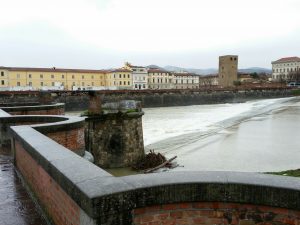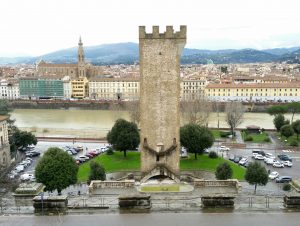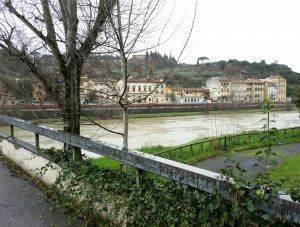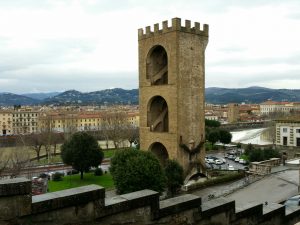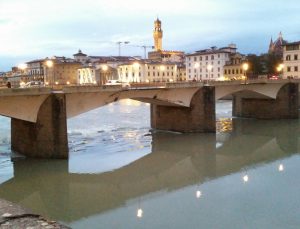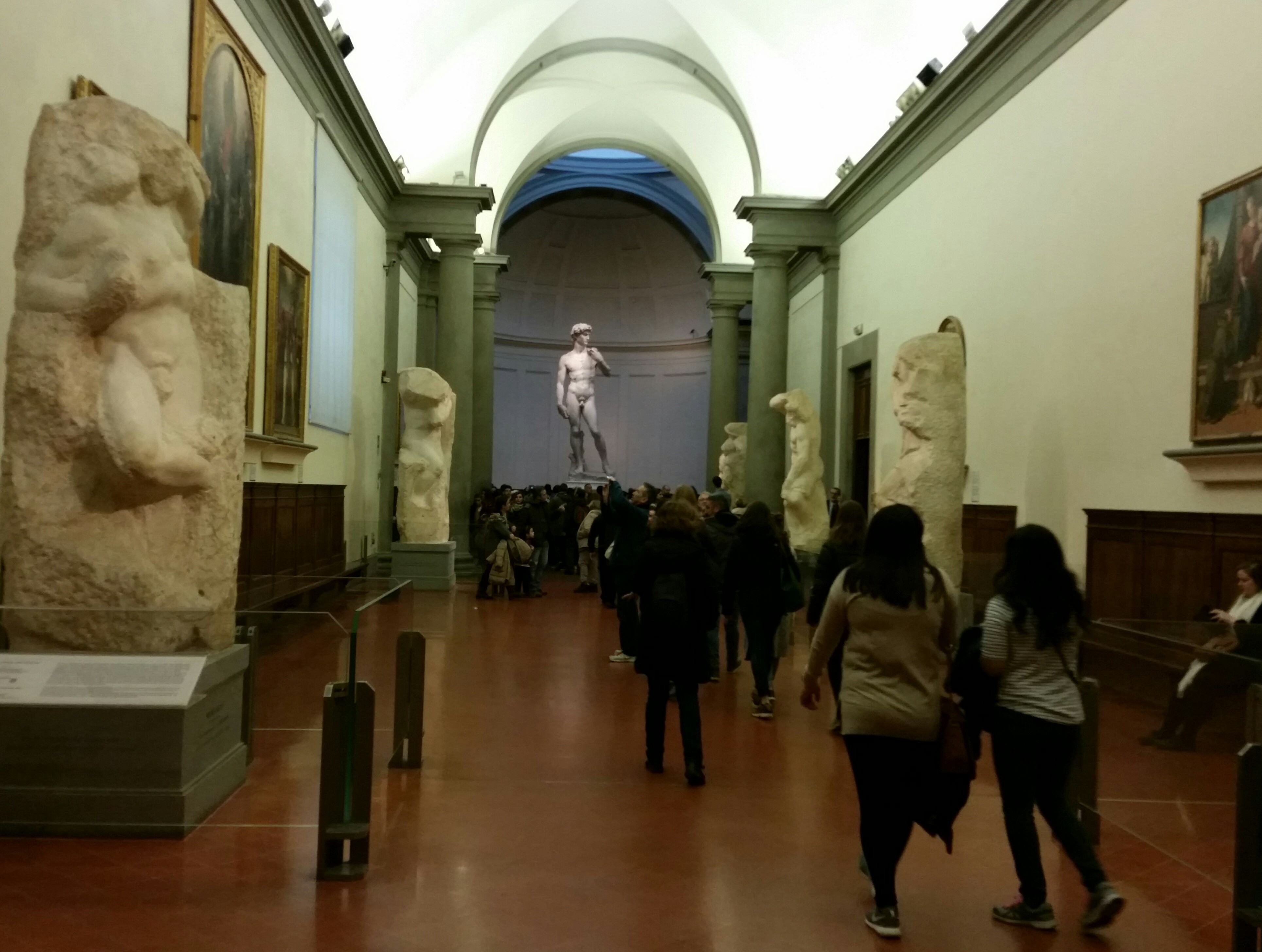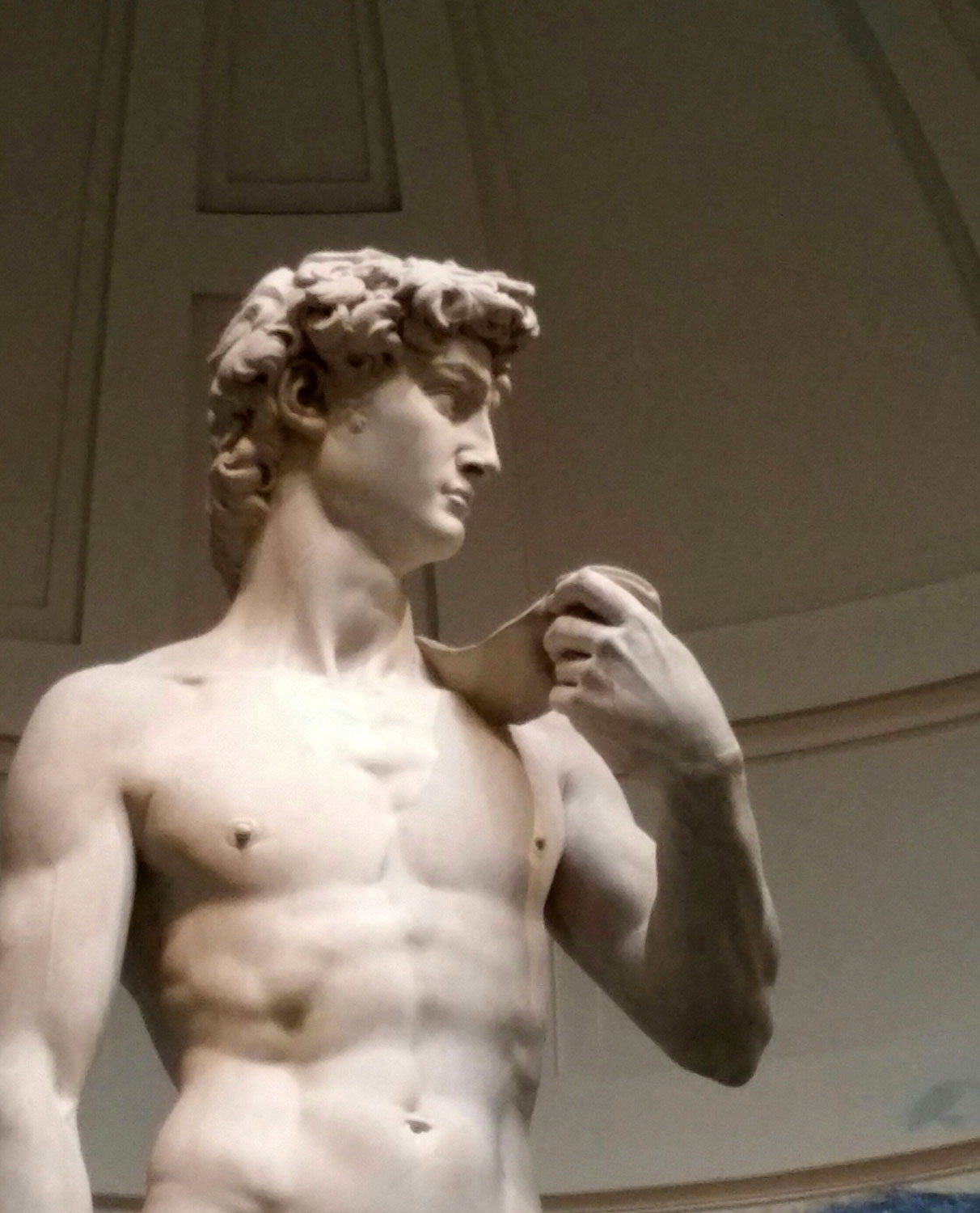Going to the Mosque–Cathedral of Córdoba is free every morning from 8:30 to 9:30 am, after that the entrance fee is 8 euros each. So, my husband and I went 2 mornings in a row (Feb 26th and Feb 27th). It is very worth getting up early to see. When the time is up, the guards chase you out. For some unknown reason, they chased us out 10 minutes early today.
The history of the building is very interesting, historians believe that there had first been a temple to the Roman god, Janus. That is easy to believe if you see the Roman bridge very close to the site – which is amazing! In 572 the temple was converted into a church by invading Visigoths who seized Cordoba. It is stated that when Muslims conquered Spain in 711, the church was first divided into Muslim and Christian halves. I find that highly doubtful
The mosque in Córdoba, to 23,400 m2, was the second largest in the world after that of Mecca, until in 1588 the Blue Mosque in Istanbul exceeded.
The mosque is divided into two distinct parts: the patio or portico sahn houses the minaret beneath the Renaissance tower, which is the only intervention that Abd al-Rahman III was in the mosque. This part also is the prayer room or haram. The second part of the mosque is the interior of it. It is characterized by the set of columns and arches that define bicolor. These make a very distinctive color and formal whole. The inner area is divided into five parts, each corresponding to the successive enlargements that the mosque has had throughout its history.
The minaret was built in times of Abderramán III and today is kept in the interior of the bell tower. Damaged after a storm, it was arranged by the Cathedral Chapter in 1593 to demolish part of the old minaret and built the bell tower. In the seventeenth century the clock was added. Faced with the danger of collapse are all better cemented by the end of the century. In 1664 the campanile was completed.

